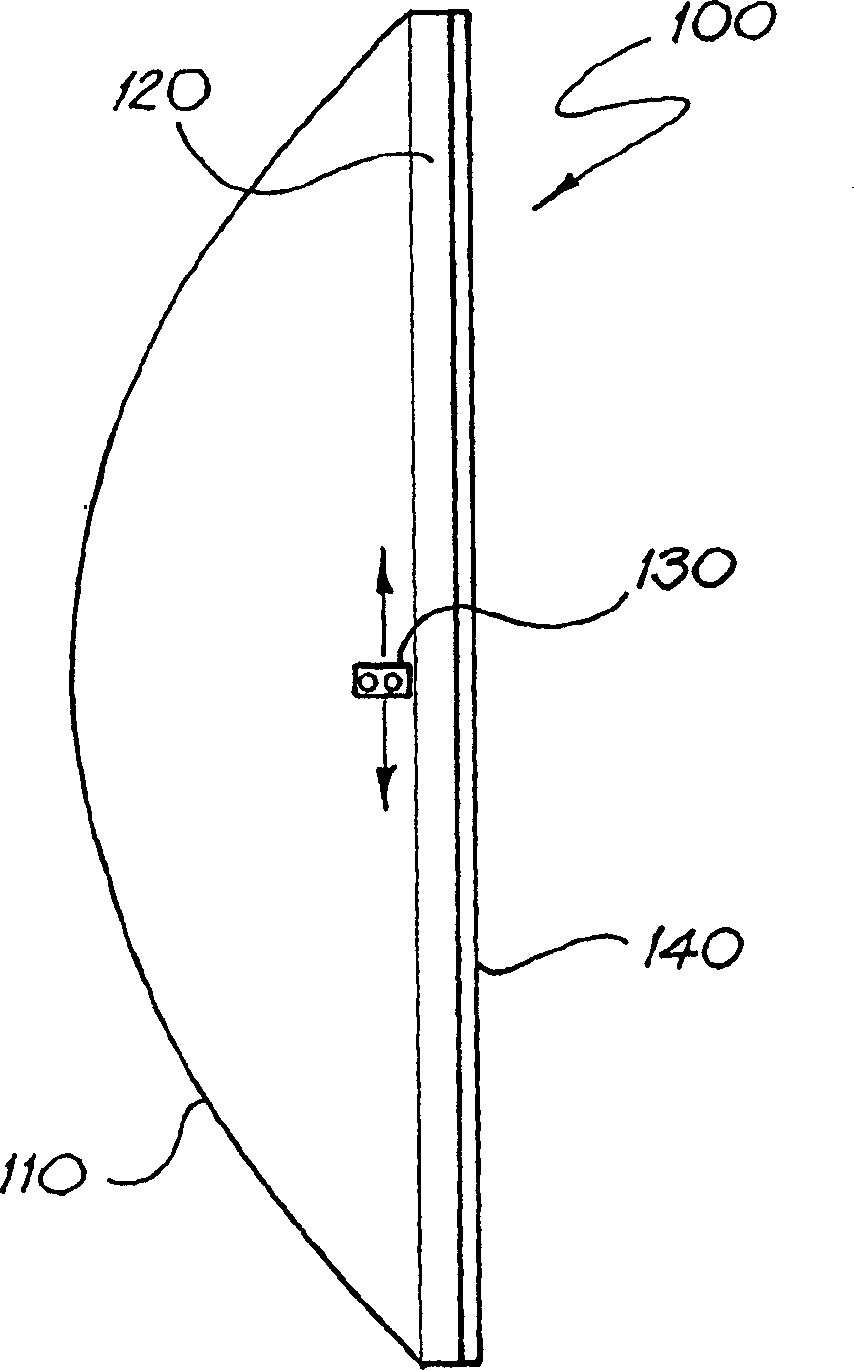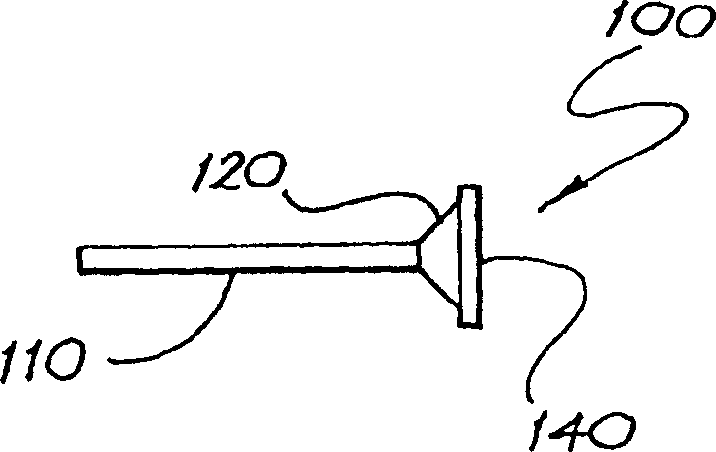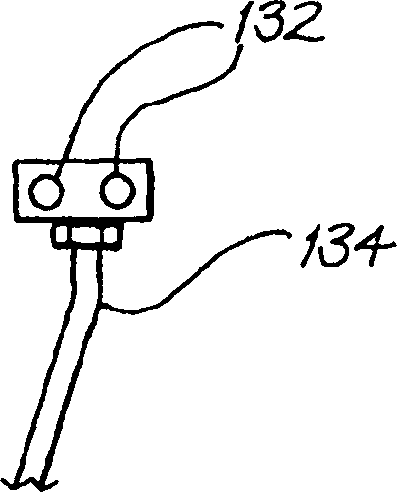Waveguide antennas
A technology of waveguide antenna and waveguide, which is applied in the direction of antenna, waveguide, antenna array, etc., can solve the problems of loop gain reduction, gain increase, increase of antenna complexity and loss, etc.
- Summary
- Abstract
- Description
- Claims
- Application Information
AI Technical Summary
Problems solved by technology
Method used
Image
Examples
Embodiment Construction
[0020] A number of waveguide antenna structures are described below. These antennas implement high gain and low loss waveguide antennas. The general characteristics of these antenna structures are as follows:
[0021] • A parallel-plate waveguide region for forming beams with desired characteristics, comprising a pair of conducting plates using shaped reflective walls to support TEM modes. The parallel plates are spaced less than half a wavelength apart so that the only waveguide mode that can propagate is one in which the electric field is uniform between the two plates.
[0022] - Illuminating the reflector from the focal area using a feed that typically includes a probe or slit. Feeds typically launch signals into reflective walls. If a narrow beam is required, the optimal reflector shape is approximately parabolic.
[0023] • Cellular base station antennas typically require a narrow beam in the elevation plane and a wide beam in the azimuth plane. Therefore, the plate...
PUM
 Login to View More
Login to View More Abstract
Description
Claims
Application Information
 Login to View More
Login to View More - R&D
- Intellectual Property
- Life Sciences
- Materials
- Tech Scout
- Unparalleled Data Quality
- Higher Quality Content
- 60% Fewer Hallucinations
Browse by: Latest US Patents, China's latest patents, Technical Efficacy Thesaurus, Application Domain, Technology Topic, Popular Technical Reports.
© 2025 PatSnap. All rights reserved.Legal|Privacy policy|Modern Slavery Act Transparency Statement|Sitemap|About US| Contact US: help@patsnap.com



